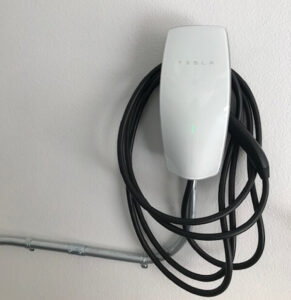 So you finally have your Tesla charger installed and after some time you notice a flashing red light.
So you finally have your Tesla charger installed and after some time you notice a flashing red light.
Red hardly ever means well, so you’re right to worry about it.
We’ve gathered the troubleshooting tips you need to handle this situation on your own or with a Tesla certified electrician.
If the light is a solid red
A solid red light on your Tesla charger could mean an internal fault and that the wall connector needs to be replaced. An electrician can confirm this. But your troubleshooting solution is to turn off the breaker supplying your Tesla charger with power and turn it back on.
If there’s no change and you still see the solid red light, contact Tesla with your product information.
If you see one red blink
One red blink on your Tesla charger could mean there’s a GFCI. Start your solution with an inspection of all the parts, including the handle, cable, Wall Connector, and vehicle charge port for damage or signs of water ingress.
Then, call an electrician to check that the ground wire is not directly connected to a conductor wire in the branch circuit.
If you see two red blinks
Two red blinks indicate a different problem from one red blink. It might mean there’s a ground assurance fault or possibly a high ground resistance has been detected.
Call an electrician to see if your charger is properly grounded or if any physical connections have such issues.
For three red blinks
This indicates a high temperature detected by your charger.
Inspect the physical parts of the wall connector, including the faceplate and cable, for warmth. Regardless of if you notice excessive warmth or not, call an electrician quickly to verify that the conductors used are sized correctly and there’s no danger from the connector.
For four red blinks
Thankfully, four red blinks just mean a disruption with the internet connection. Check for the cause of this interference. Like a changed password, working router, etc.
Fixing the reason should solve the problem.
For Five Red Blinks
If your Tesla charger is flashing red in five red blinks, it could mean there was a power-sharing communication issue. Hence, the charging speed has been reduced. Troubleshooting this is just like that of four red blinks, check for the interference, and try re-linking your wall connector.
When no lights come on
It’s not just flashing red lights you might have to worry about. An absence of light from your Tesla charger means there is no power supply coming in from the breaker panel.
Check if the breaker was turned off. Switch it on and off yourself and if there are no changes, call an electrician to check.
For Six Red Blinks
Flashing red lights 6 times means there’s too much voltage or poor grid quality detected. If you’re using the level 2 charger, the power supply should be nominal 200-240 volts. Have an electrician remove the Wall Connector from the wire box and confirm that voltage readings are correct.
For most problems with your wall connector, you can either reach out to Tesla or call an electrician to take a look.





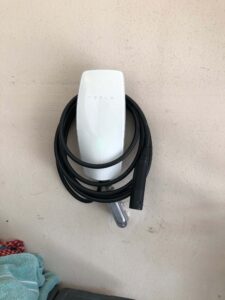 If there’s anything we know about Tesla, it’s that they keep doing better and better. This leads to more people wanting to join the movement for sustainability by owning one of their sleek vehicles.
If there’s anything we know about Tesla, it’s that they keep doing better and better. This leads to more people wanting to join the movement for sustainability by owning one of their sleek vehicles.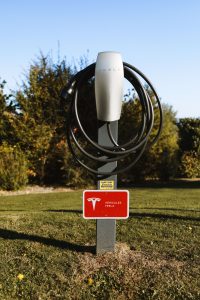
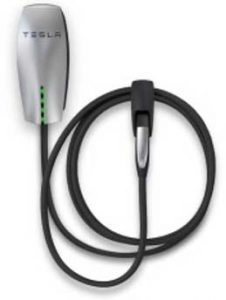
 Having an electric car is great and very much a trendy decision. When you have the EV of your choice parked in your garage, the most important question that follows is what size breaker does a Tesla need. Your electric car may save on fuel but it needs electric power to work, and this starts with a suitable breaker size.
Having an electric car is great and very much a trendy decision. When you have the EV of your choice parked in your garage, the most important question that follows is what size breaker does a Tesla need. Your electric car may save on fuel but it needs electric power to work, and this starts with a suitable breaker size.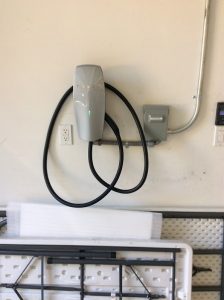 Electric cars are clearly the latest and most sought after development in the automotive industry and Tesla is leading the pack. So, when you have just purchased your very own green car, you can leap for joy about avoiding fueling costs and several other issues that come with it.
Electric cars are clearly the latest and most sought after development in the automotive industry and Tesla is leading the pack. So, when you have just purchased your very own green car, you can leap for joy about avoiding fueling costs and several other issues that come with it. Electricity is almost as important as oxygen nowadays. It powers everything around us in one way or the other. Just like electricity is useful, it can also be dangerous. But we will not discuss the dangers here.
Electricity is almost as important as oxygen nowadays. It powers everything around us in one way or the other. Just like electricity is useful, it can also be dangerous. But we will not discuss the dangers here.  When you are obsessed with pretty cars and tired of driving fuel powered vehicles, then an electric vehicle like
When you are obsessed with pretty cars and tired of driving fuel powered vehicles, then an electric vehicle like 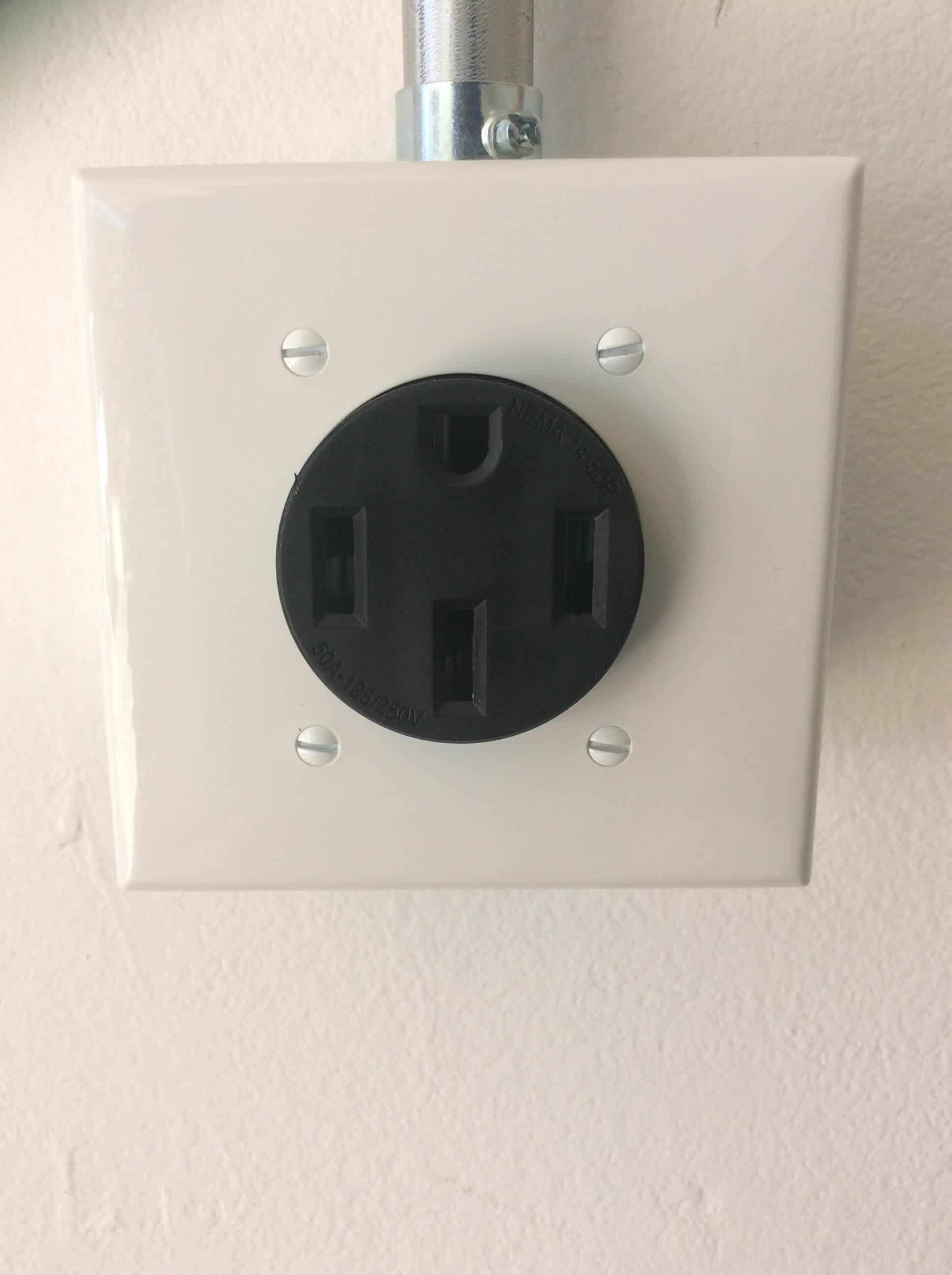 The purchasing of an electric vehicle comes with one big, important question:
The purchasing of an electric vehicle comes with one big, important question: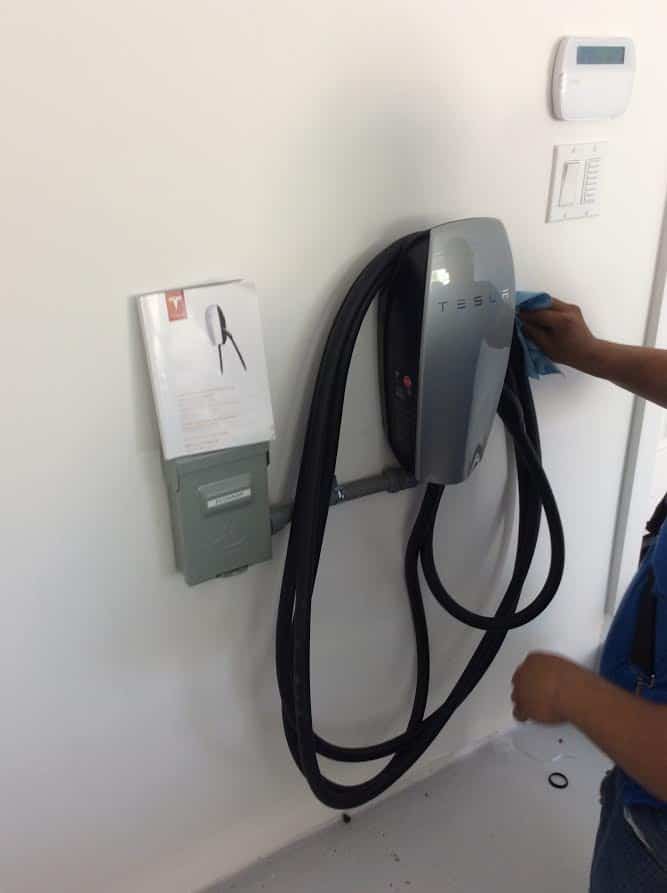 If you’re considering buying an electric vehicle, you’ll want to have the
If you’re considering buying an electric vehicle, you’ll want to have the